Six experts share their advice regarding the everyday carry self-defense handgun.
Most who carry a handgun for self-defense have limited access to others who have a lot of experience doing it. You might know a gun guy from the range or the gun store, a buddy who fashions himself an “expert” … or maybe even a cop who can provide some guidance.
I don’t believe anyone has all the answers, but I do think there are some folks you can learn from.

I’ve carried a handgun for personal protection most of my life, I was a
soldier and I worked as a patrol officer and as a special agent. I’ve also had some fantastic firearms training, but more importantly, I’ve met some other folks with lots of experience that I learned from.
I asked six veteran practitioners of the defensive handgun for the three points of advice they’d give to someone looking for guidance for the everyday carry of a concealed handgun. Here’s what they had to offer.
Bill Wilson: Custom Firearms Manufacturer

Bill Wilson founded Wilson Combat, which has become the premier source for high-quality defensive handguns, and it’s also the largest custom firearms manufacturer in the world. Bill won fame as a gunsmith and as a competitive shooter, and he carries a handgun every day … and twice on Sunday.
His first piece of advice was to, simply enough, have a gun.
“If you are going to carry, you must carry every day. It’s not always comfortable or convenient, but if you are going to carry, you must always carry. I have my gun in my holster every morning before I put my socks and shoes on, and it doesn’t come out of the holster until I undress for bed at night.”
Bill also suggests that you carry a gun of sufficient power to stop the threat—which he believes starts at 9mm—and that you’re proficient with.
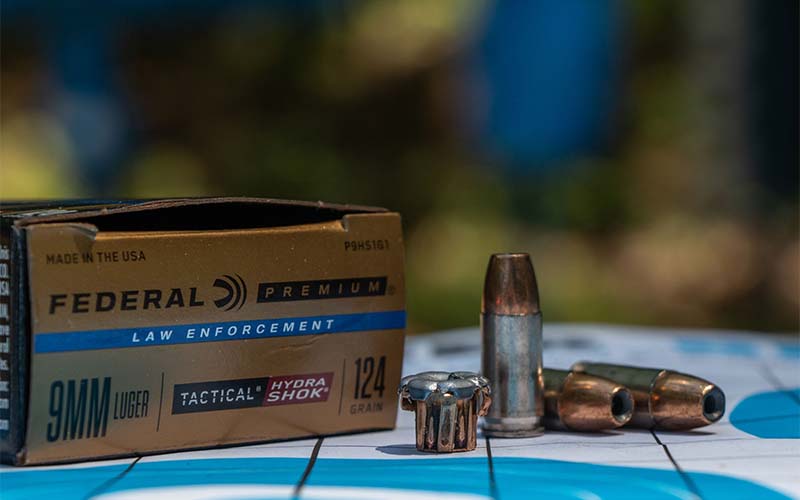
“I know small, lightweight guns are much easier to carry and conceal, but if you can’t make multiple well-placed hits at 10 yards within a reasonable time frame, you’re just creating a false sense of security,” he added.
Finally, Bill suggested this: “Train frequently with your chosen carry gun. If you can’t draw from concealment and place a hit into an 8-inch area, from 10 yards, within 2.5 seconds, shooting full-charge ammo, you probably shouldn’t carry a gun for self-protection.”
I for sure agree with the need for frequent training and for the continued increase in proficiency, but maybe not so much with Bill’s benchmark of performance. As a minimum, you must be safe, but as a cop I responded to more calls where just the presentation of a handgun made a bad guy stop doing bad things than I did to a scene where the bad guy was shot.
Jerry Dove: Gunsmith, Firearms Instructor
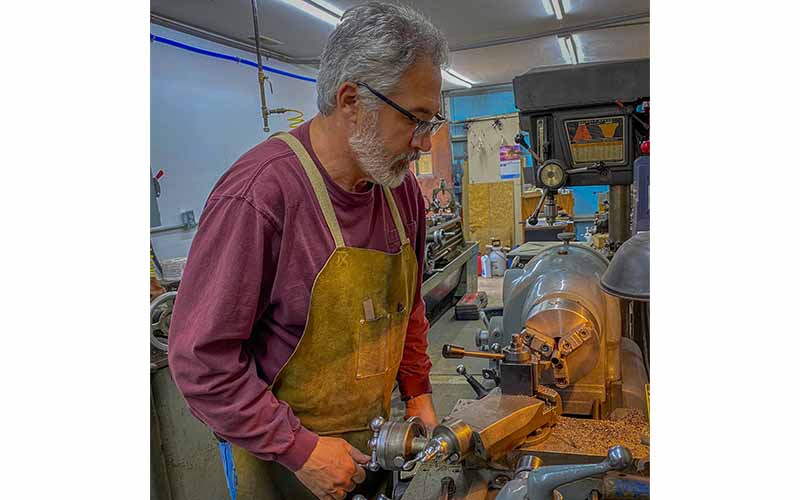
Jerry Dove is my personal gunsmith, and for a time was a top level IPSC competitor. He builds very nice guns, is a very good shot and, in addition to establishing and monitoring the defense plan for his church, Jerry regularly teaches permit qualifying concealed carry classes. Jerry is very practical when it comes to self-defense, and he likes to keep things simple.
His everyday carry advice is to get a top-quality gun, a good and comfortable holster and to train with your equipment consistently. Jerry also suggested—and this is very important—that you should know and understand the laws of the jurisdiction you’re carrying in. If you get sideways of the law, even if it’s unintentional, at best you might lose your right to carry concealed legally, and at worst you might start receiving your mail addressed to a certain prison cell.
Ken Campbell: Former LE, CEO of Gunsite Academy

Ken Campbell is a former street cop and sheriff, and he currently works as the chief executive officer at Gunsite Academy, the oldest and largest civilian firearms training academy in the world.
Ken suggests you keep your gun concealed: He told me he appreciates open carry, but he appreciates the element of surprise even more. He also believes you should have a good belt and holster. If your carry gear is not comfortable, you’ll be tugging and adjusting constantly, which makes concealment problematic.
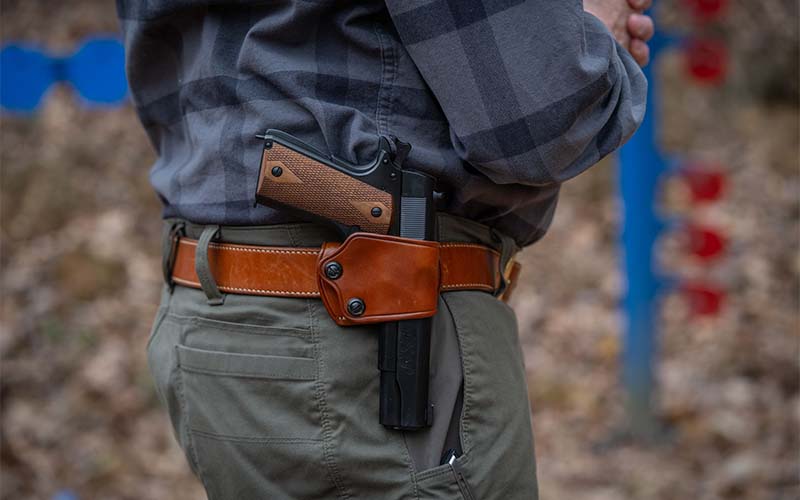
Ken thinks that you should practice with the gun, carry method and the ammunition you’ll actually carry on a daily basis.
When the chips are down, Ken does not believe you’ll rise to the occasion—he believes you’ll default to your level of training. That’s sounds like standard advice from someone who runs a firearms training school, but it’s a concept that also has merit with any physical activity: Your worst shot during practice might very well be your best shot during a gunfight.
Ken Hackathorn: Pro Firearms Trainer
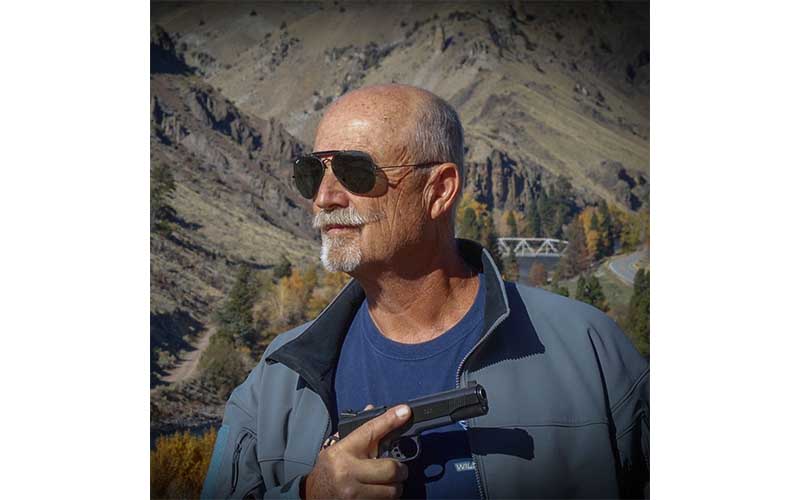
As a professional firearms trainer, Ken Hackathorn has probably trained more shooters than you’ve fired rounds downrange. Because of that, he offers a unique perspective on the defensive handgun, a perspective based on his observation of thousands of people using one.
“Carrying a sidearm is like wearing a seatbelt; if you don’t have it on, it won’t be any help when you need it,” insists Ken. He also said you should, “Pick a sidearm that you shoot well. Don’t select your sidearm on the basis of what the ‘cool kids’ use.” And finally, he echoed the consistent advice of practicing, but added that you should, “Always shoot for a specific point on the target, not at the whole target.”
I find no fault with Ken’s advice, especially the part about choosing a gun you shoot well. Sometimes, the “cool kids” get it right, and sometimes the cool kids are paid to preach the virtues of certain guns. Regardless of the accolades they may spew, you’re the one who must pay for the gun and carry the gun … and you’re the one who must shoot it to save your life.
Will McGuire: SWAT, Conservation Officer
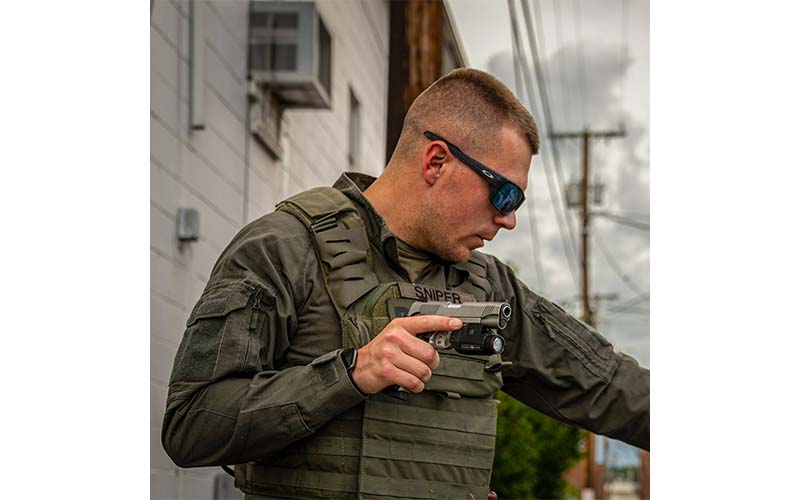
I met Will McGuire several years ago while helping my local sheriff’s department with some tactical training. Will stood out because he was not only an excellent shot, but he was also tactically proficient. Will was a street cop and, until he switched over to service with the State’s Department of Natural Resources, a SWAT officer. His advice is worth heeding and his first suggestion was that when it comes to a carry gun, smaller is not always better, saying, “If you can hide it really well but shoot it poorly, it’s worth nothing.”
Will is also very fond of a weapon-mounted light. “A gun without a light is useless 50 percent of the time. If you can’t see and identify the target, you can’t engage it.” I think there’s some truth to that, especially in a home-defense setting, but I also think a weapon-mounted light extremely complicates carry. If you can pull it off comfortably, by all means do it. Otherwise, carry a high-intensity compact flashlight. Yeah, half of every day is dark, but it’s rarely a coal mine—got to have a light in the dark—and avoiding those type situations is not a bad idea.
Will’s last bit of advice was to consider a holster that keeps your weapon on your person, as opposed to in a glovebox or in a purse. He says, “The fight will rarely hold for you to find your gun.” This, too, is good advice but sometimes becomes problematic for those who will not alter their dress or their image in order to carry. As they say, life is always about choices, and ultimately you must live with the ones you make.
Sheriff Jim Wilson: West Texas Sheriff, Firearms Instructor

I’ve spent a lot of time with all these folks, I’ve trained with them, and I put a lot of stock in their opinions, but none more so than former West Texas Sheriff Jim Wilson. Jim has decades of experience, a tremendous amount of training and is an excellent firearms instructor himself. If the Sheriff is talking about handguns and personal protection, you should be listening.
Jim suggests you carry a gun that allows you to make head shots out to 25 yards, and vital-zone shots out to 50 yards. That might seem a bit excessive, but if you prepare for the worst, everything else is easy. He also believes you should carry a quality holster and carry it in a location that permits your draw with the support hand if necessary. This is wise as well because it’s foolish to think you may not be injured at the time you need to shoot to save your life.
And, lastly, Jim believes you should avoid the foolish carry rotation, suggesting you carry one gun, and carry it in one carry location, as much as possible. I think this is also sound advice that should only be disregarded when your situation requires ultra-deep concealment, or if there are some other extenuating circumstances.
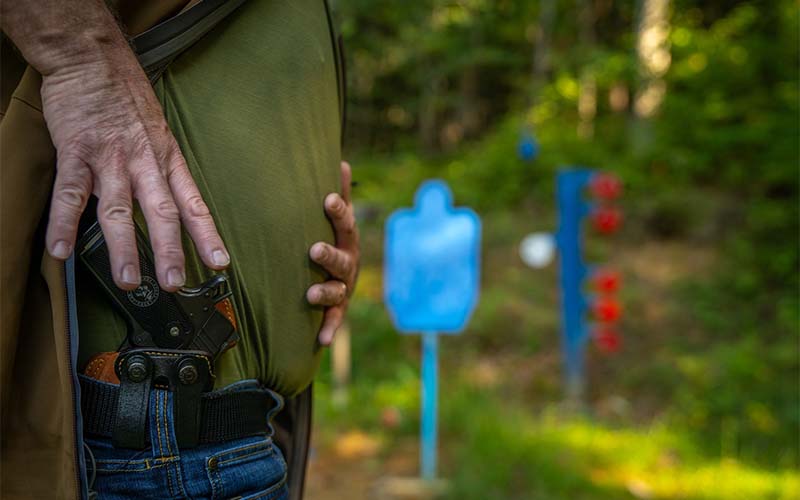
Final Thoughts
Relationships with guns are like relationships with women: They’re complicated and require constant tending. There’s a reason it’s unwise to have more than one woman, and the same applies to carry guns.
And always remember, as Ken suggested: You’ll not rise to the occasion, you’ll default to your training.
Editor's Note: This article originally appeared in the 2023 EDC special issue of Gun Digest the Magazine.
More Everyday Carry Advice:
- Carry Law: What Is A Righteous Shooting?
- Concealed Carry and the Right to Remain Silent
- Tips For Communicating With Police After Shootings
- Concealed Carry: After the Shooting
- Q&A: Massad Ayoob On Self-Defense In 2020 America

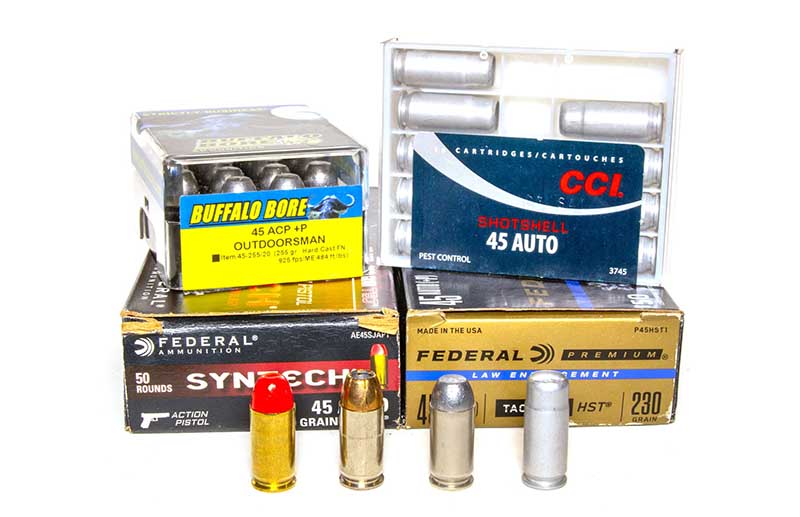
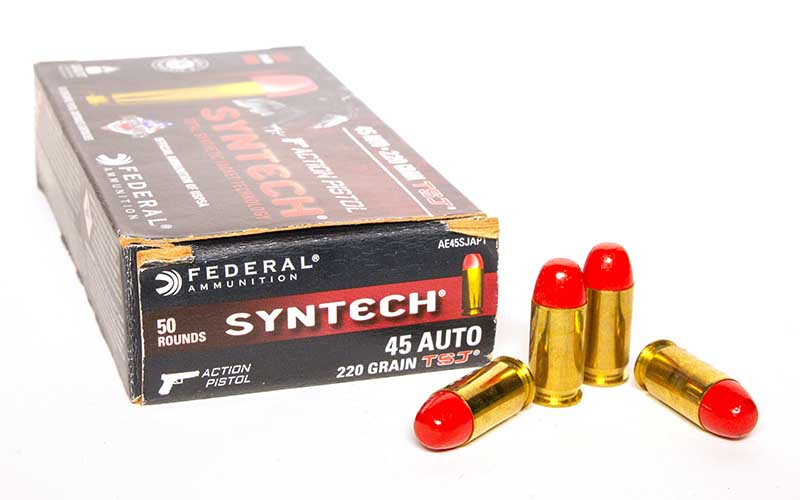

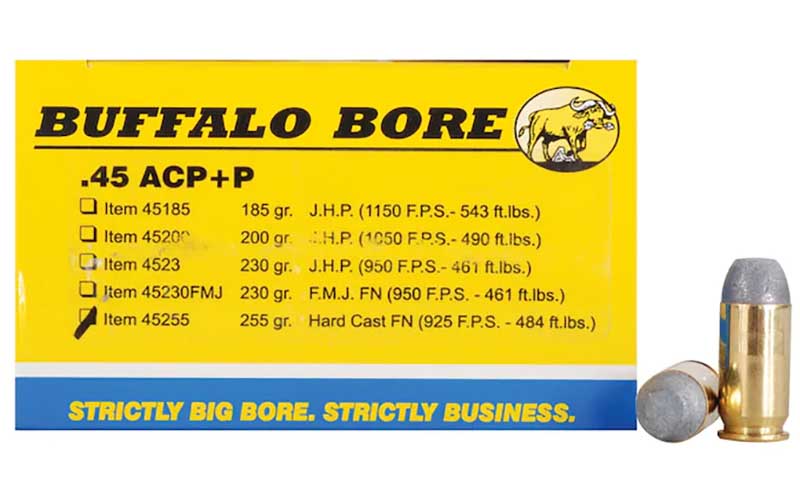


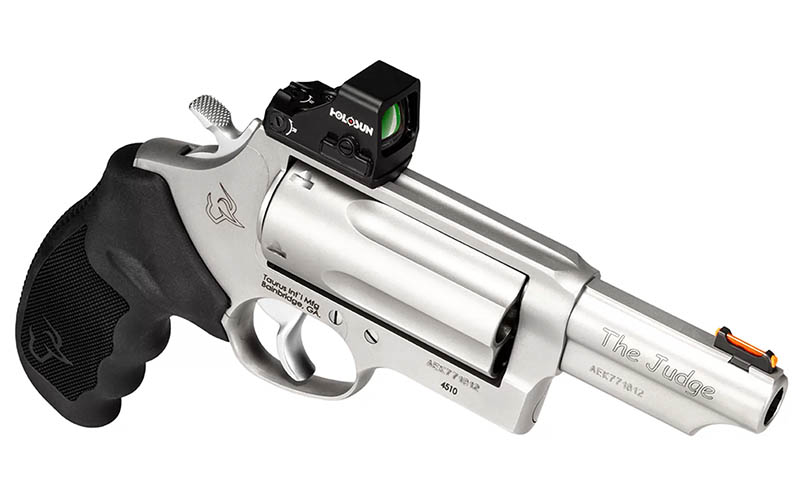

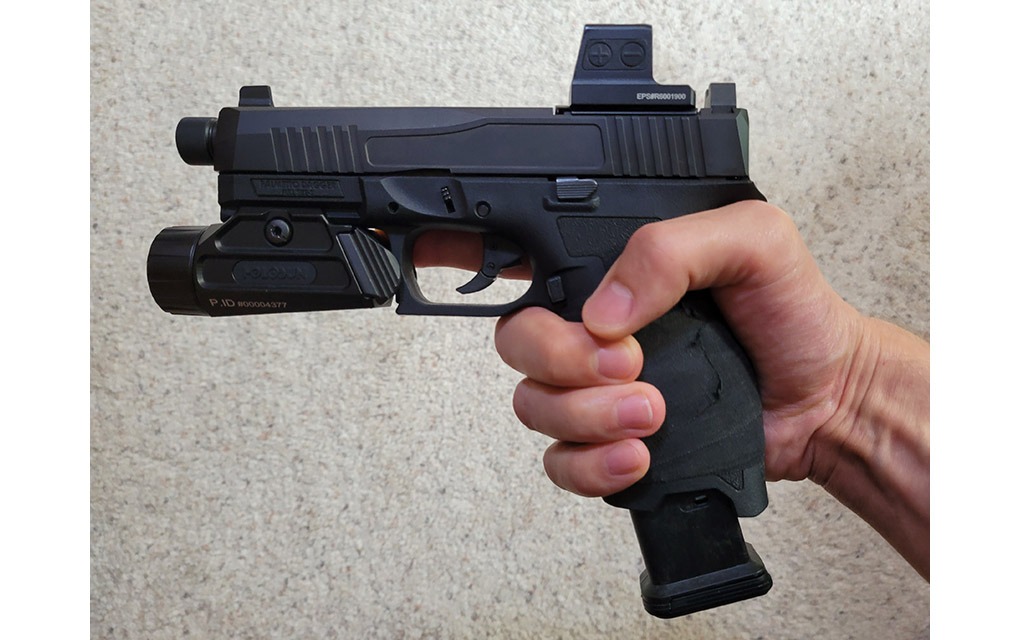
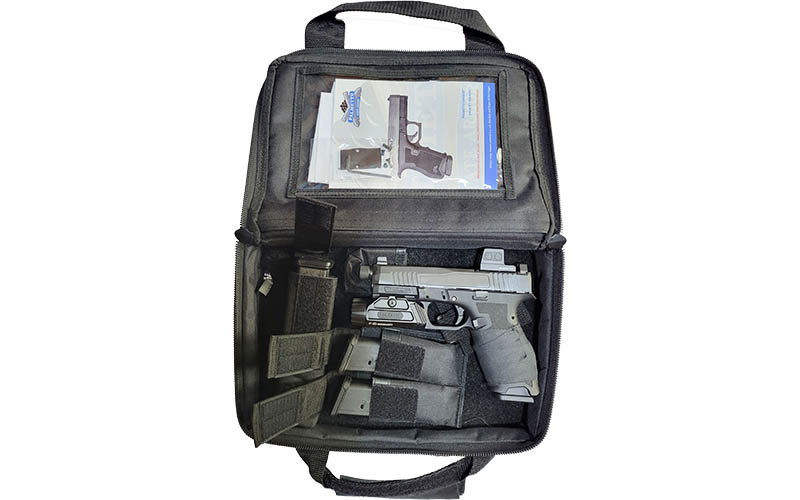
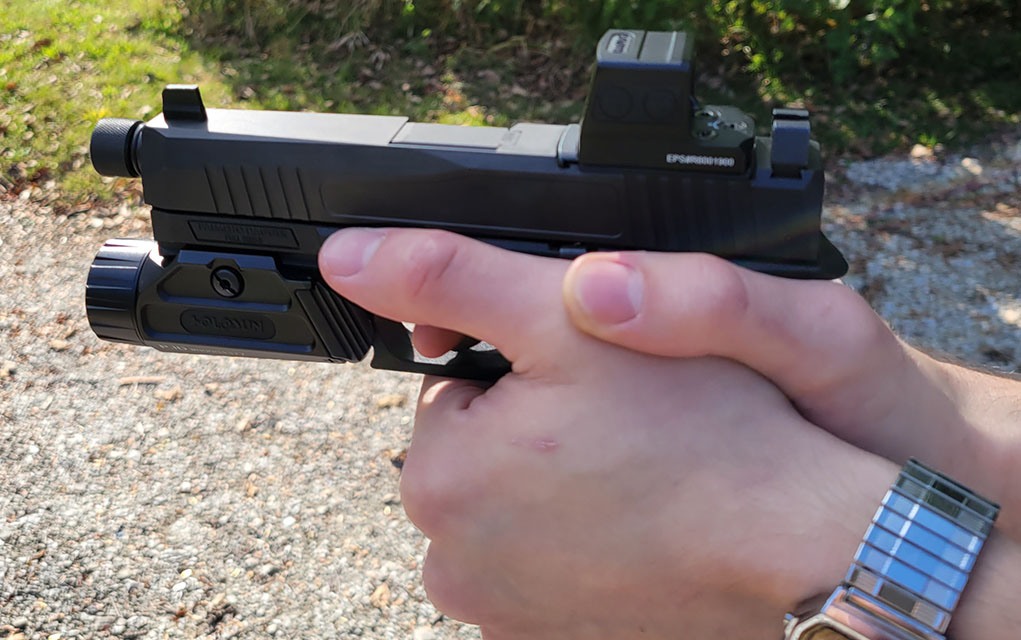
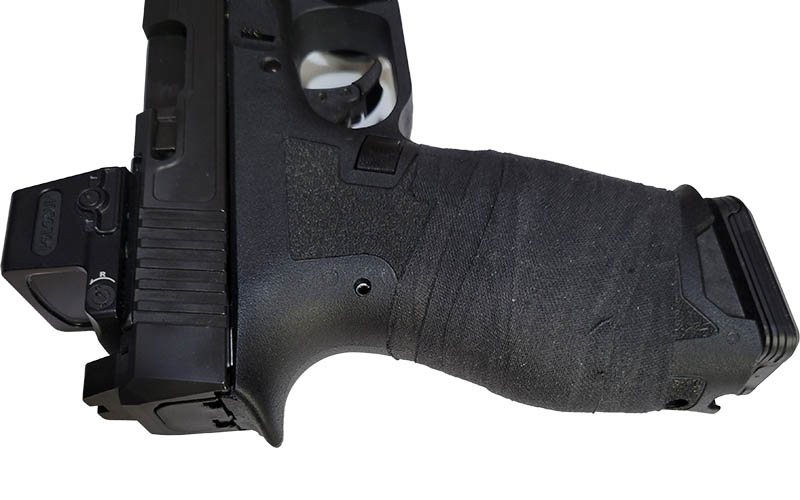
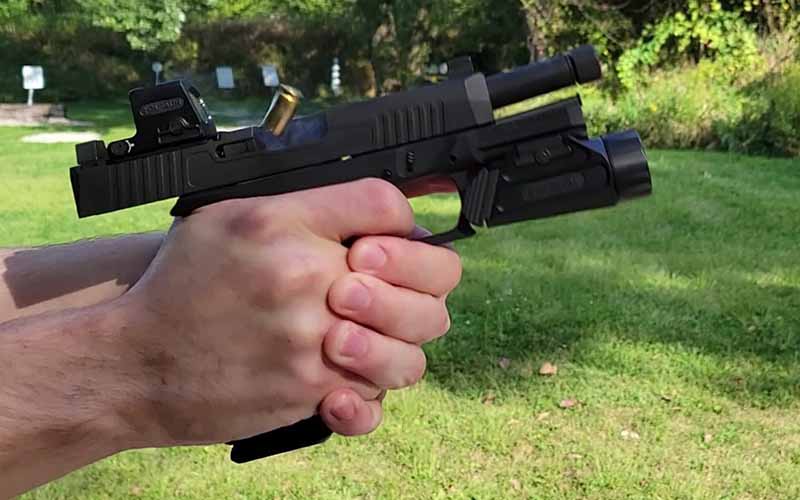
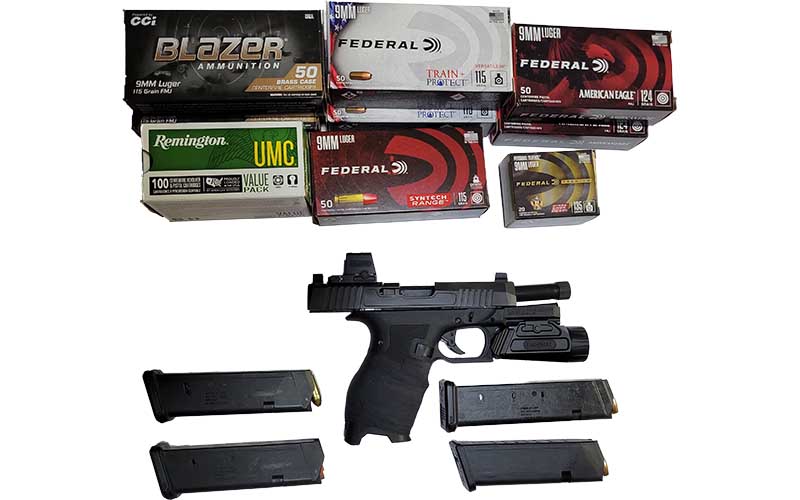
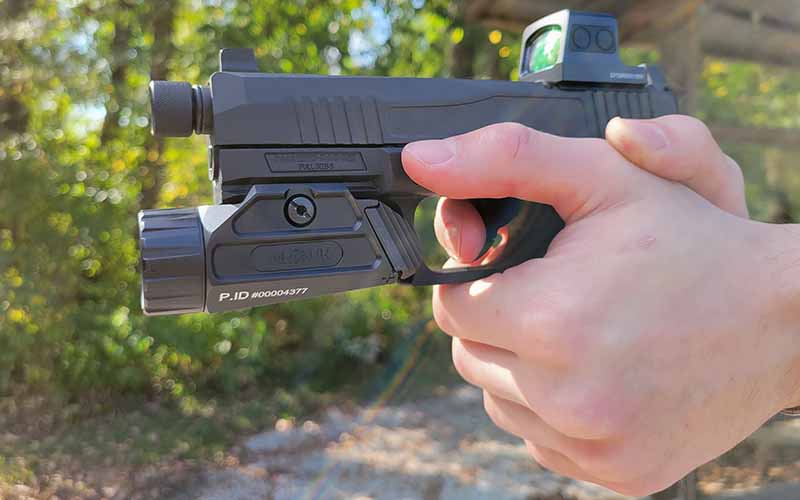
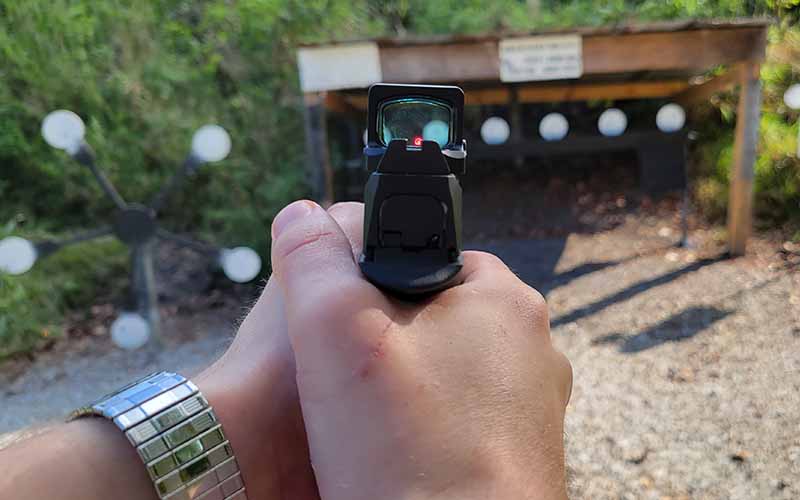
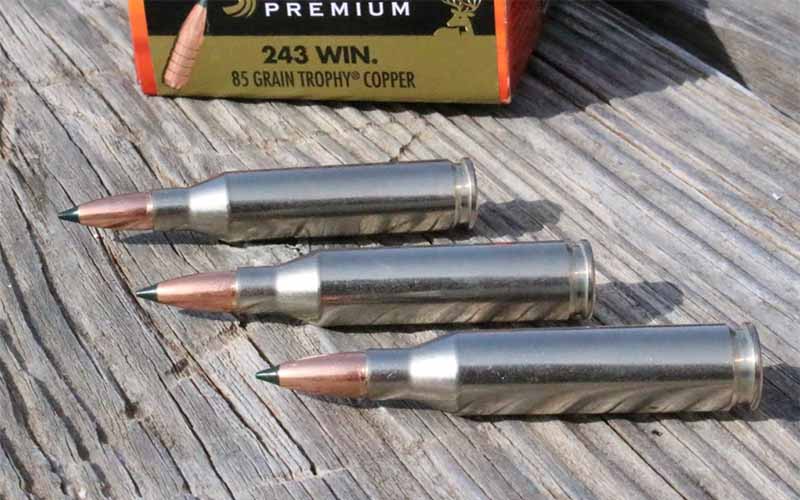








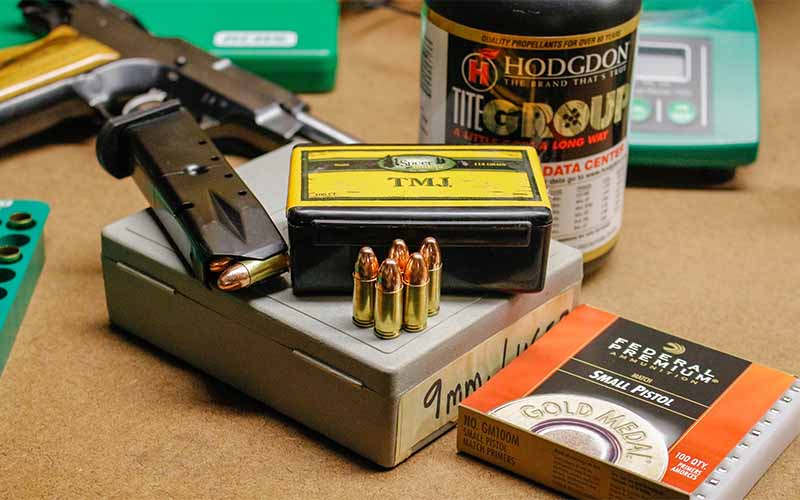

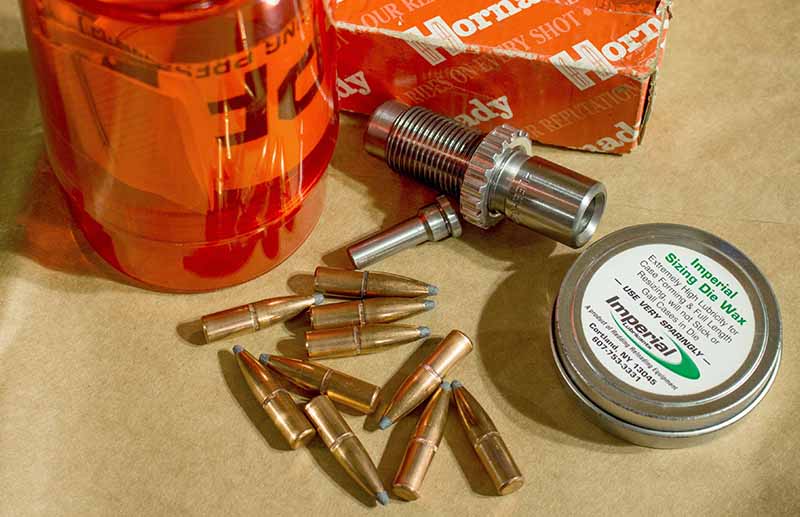
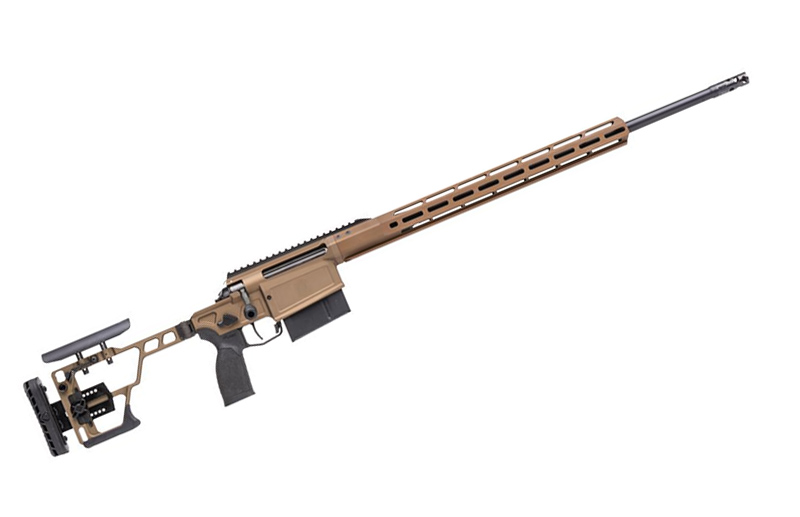
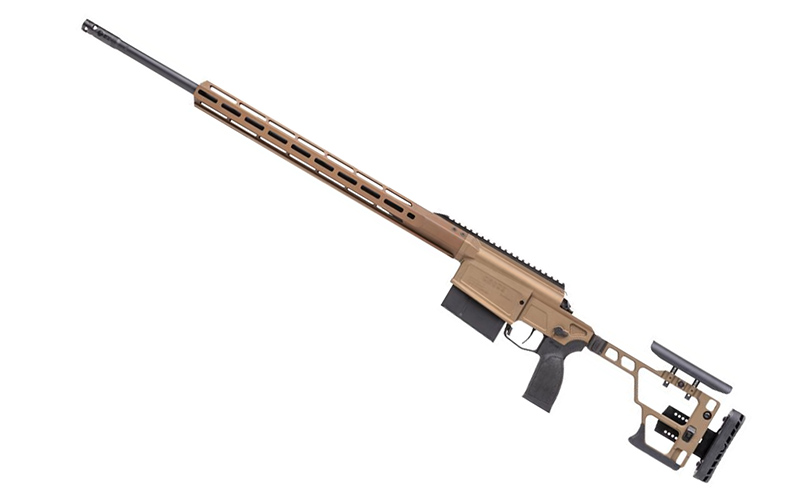

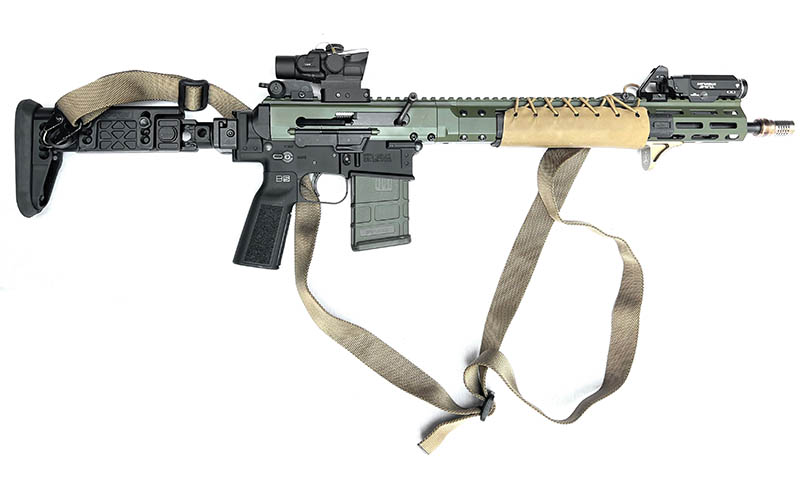
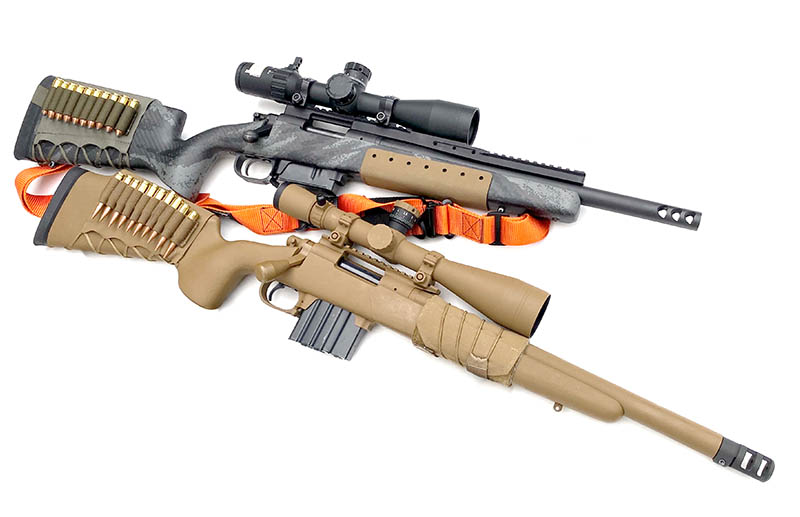

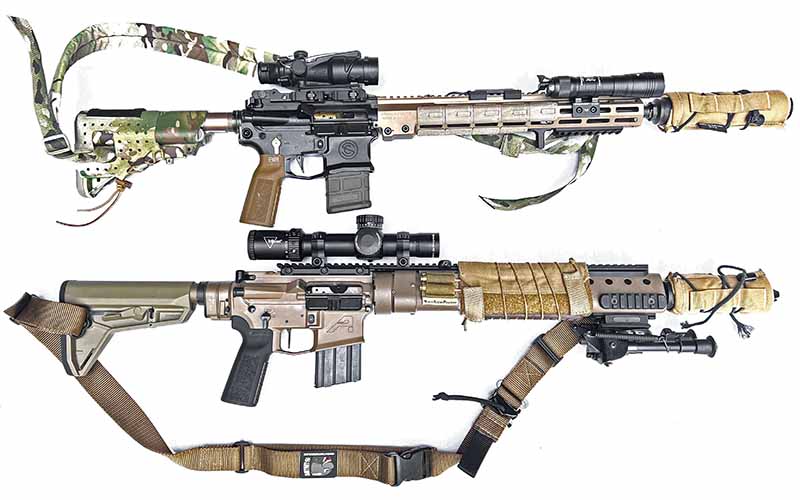
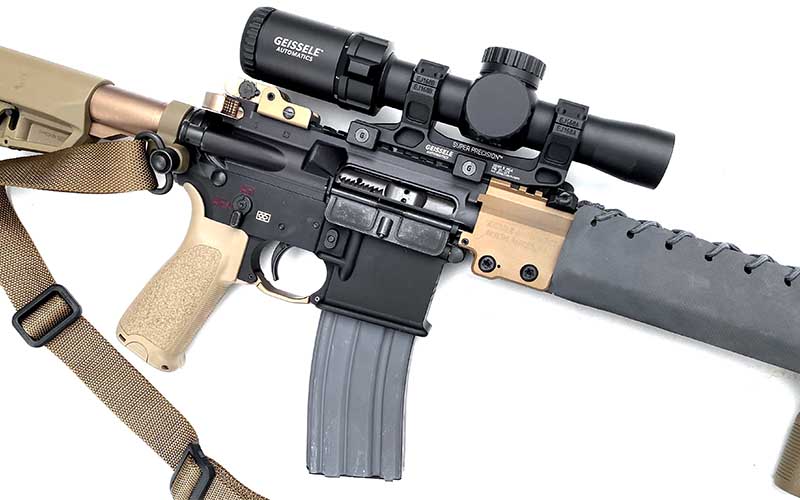
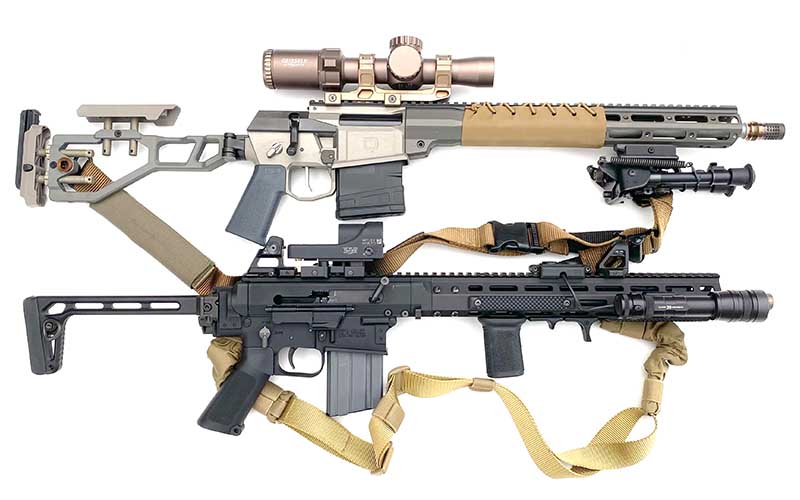
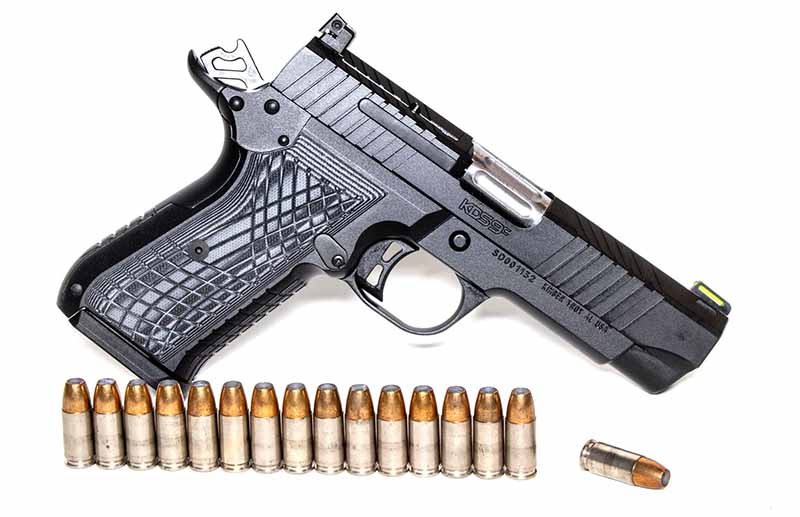
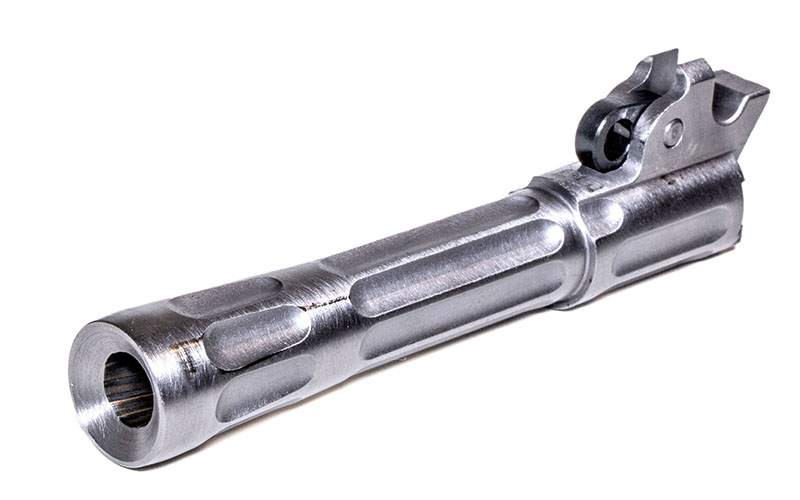
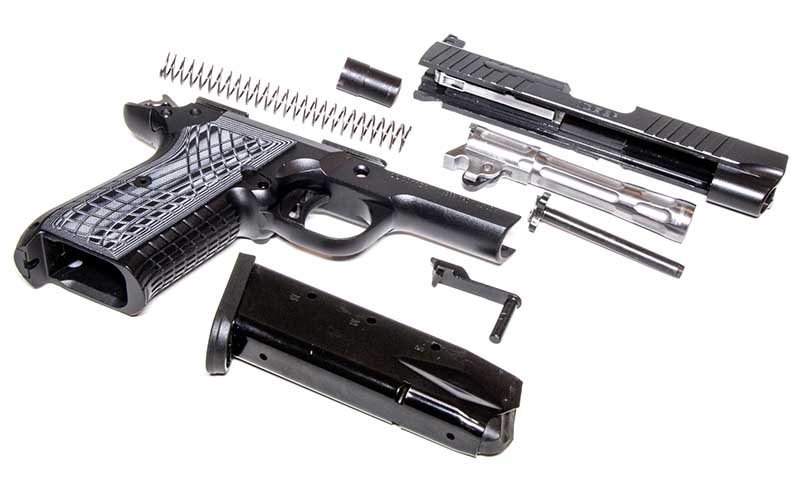

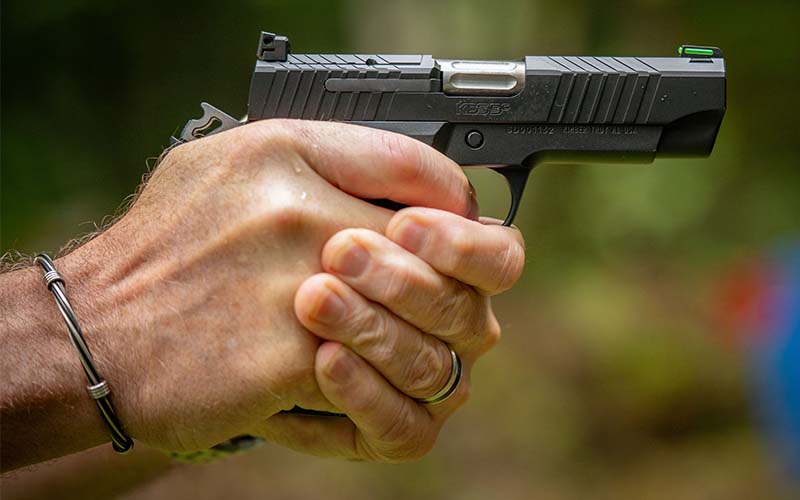
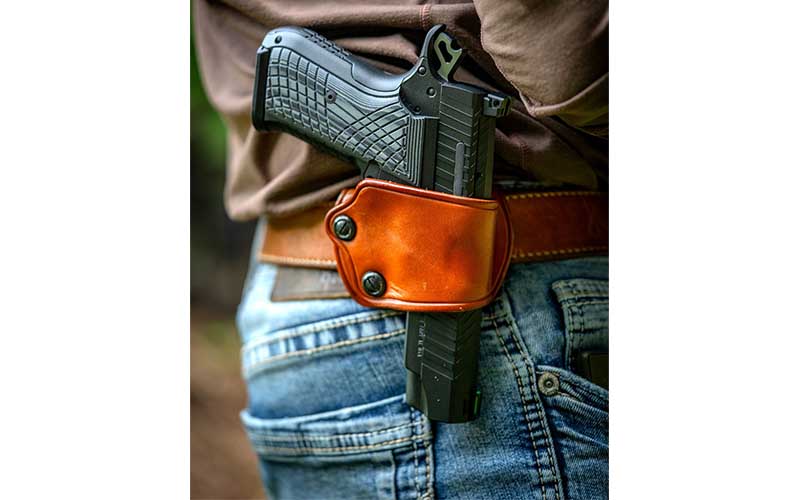
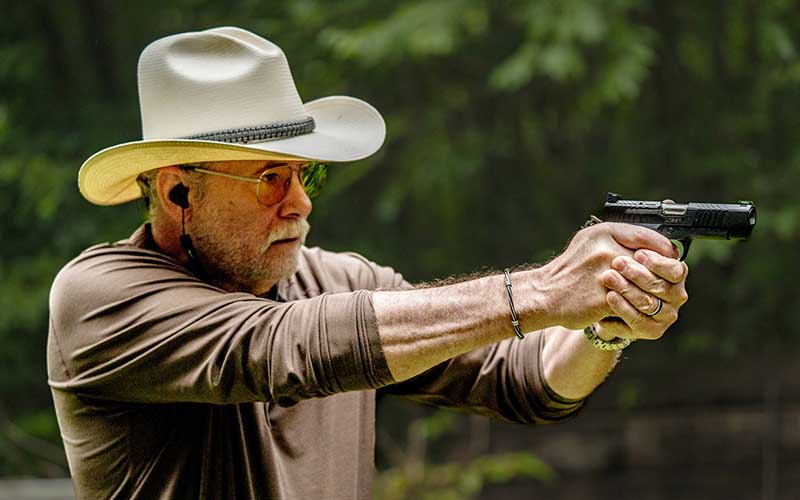
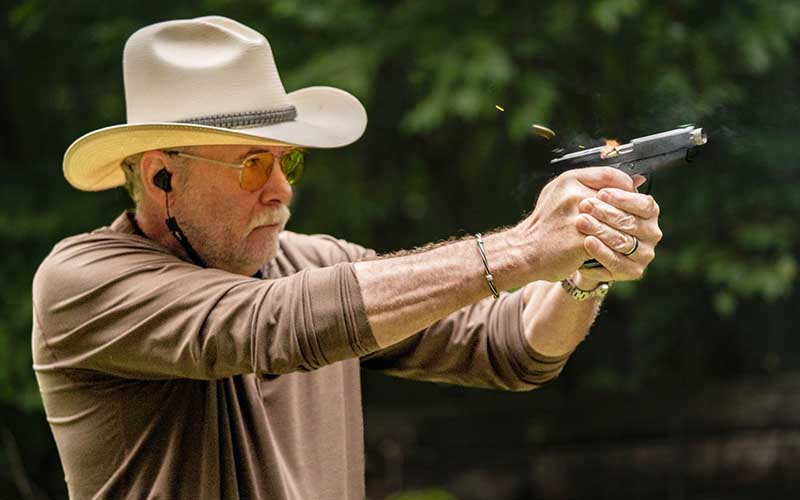


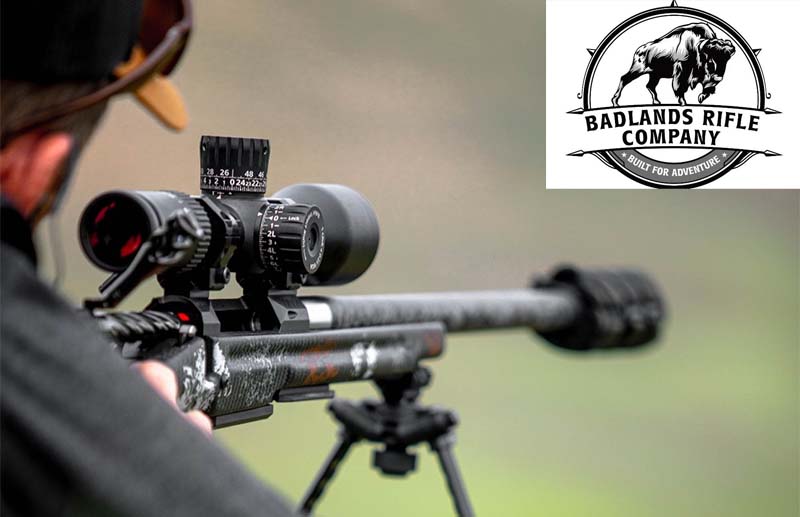
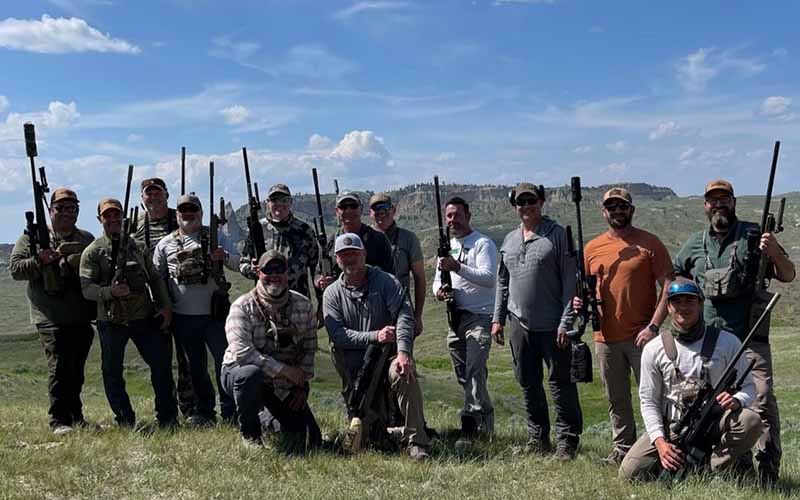
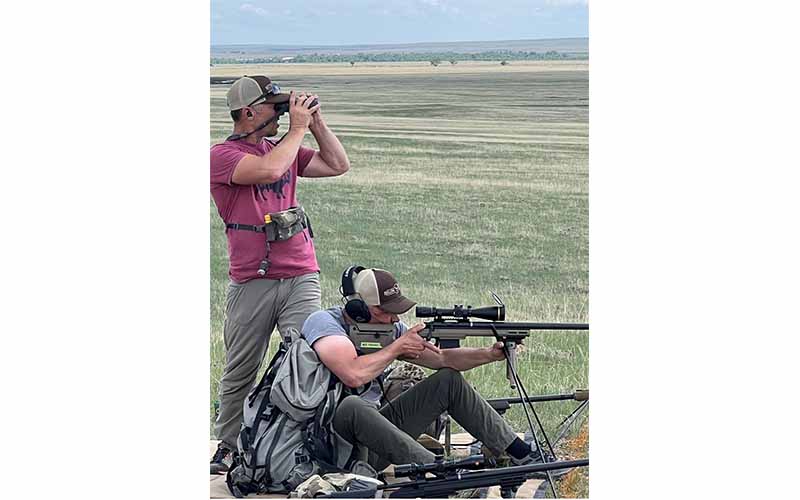
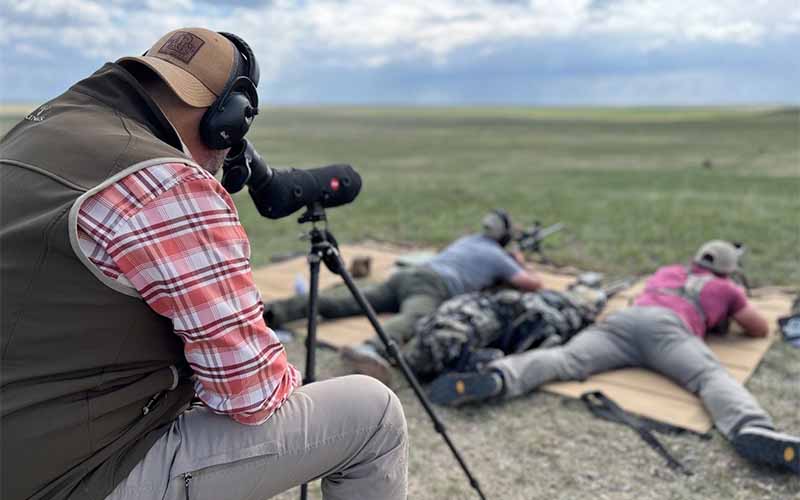
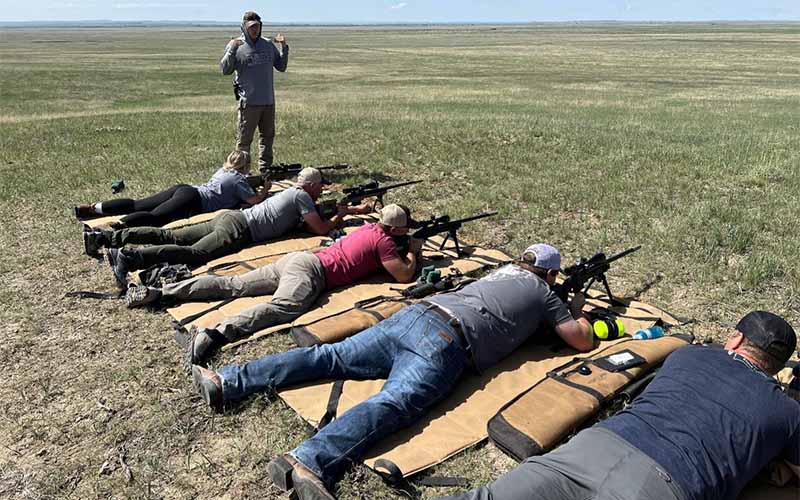


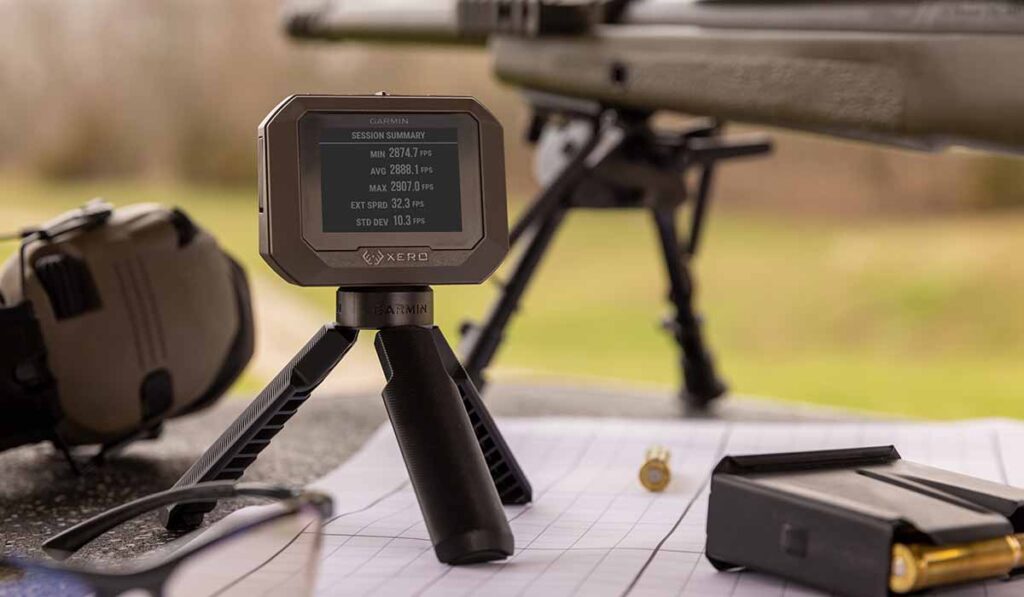
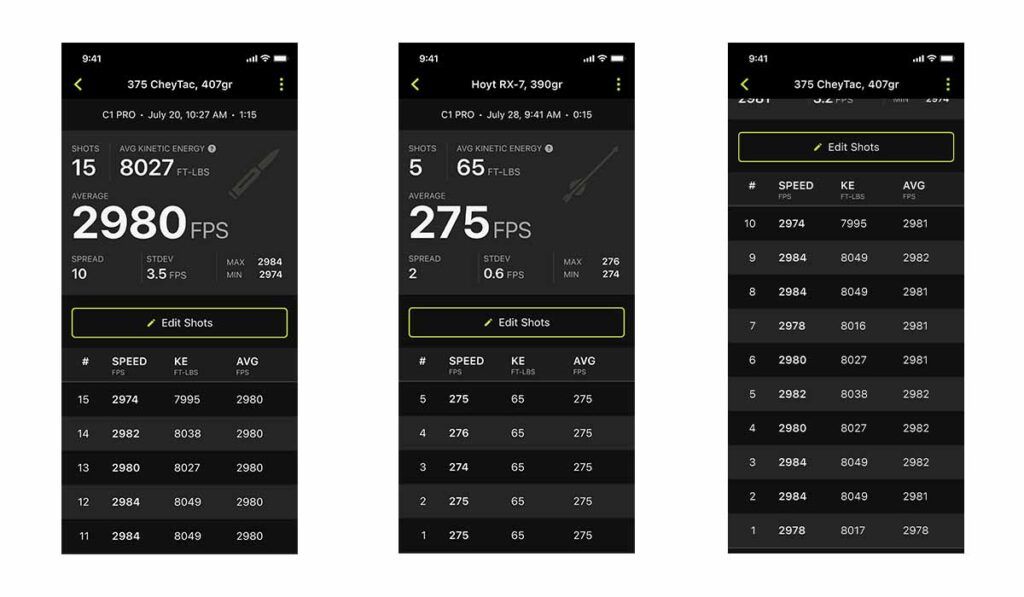
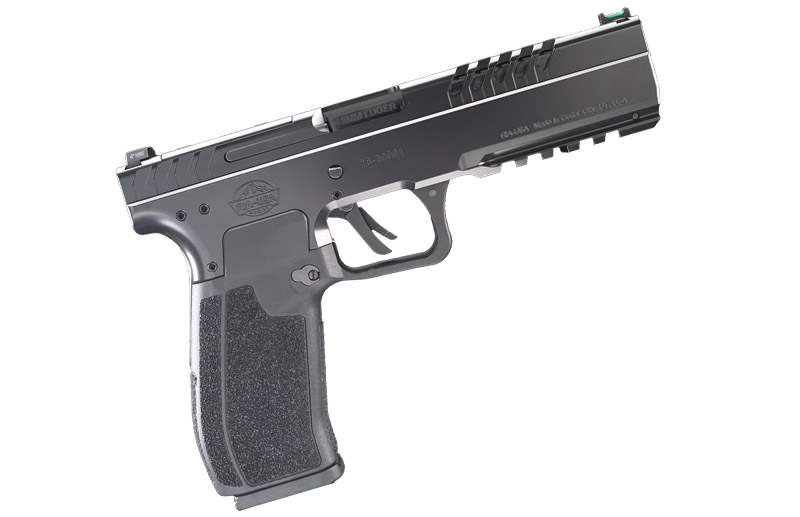
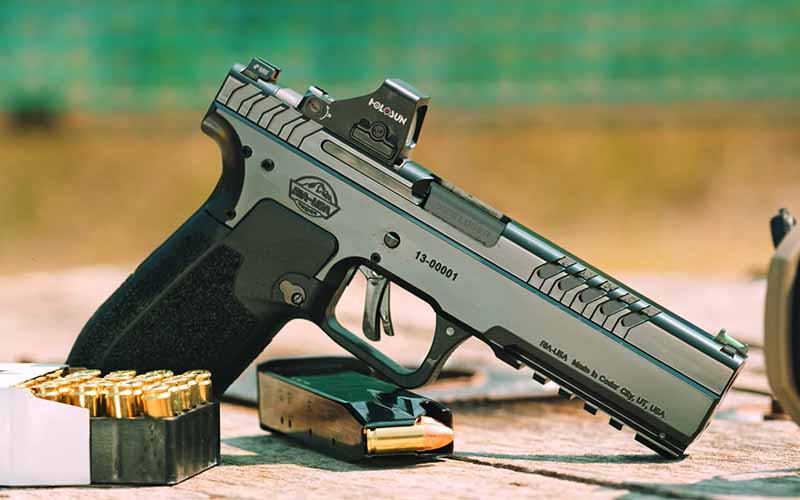
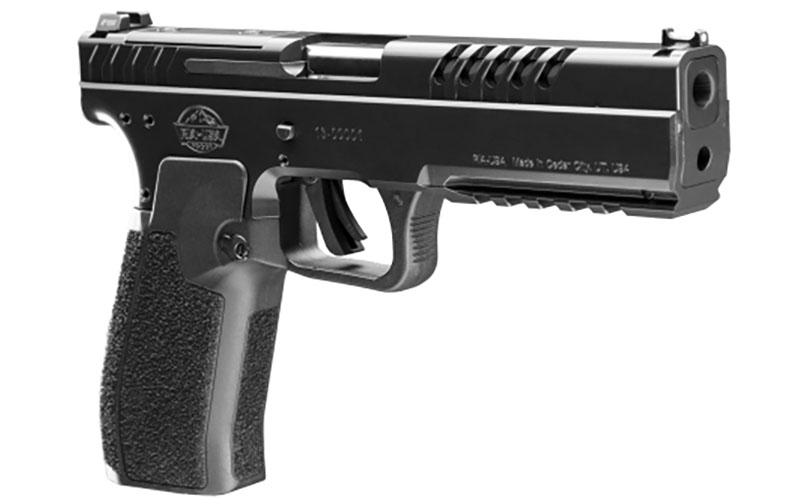

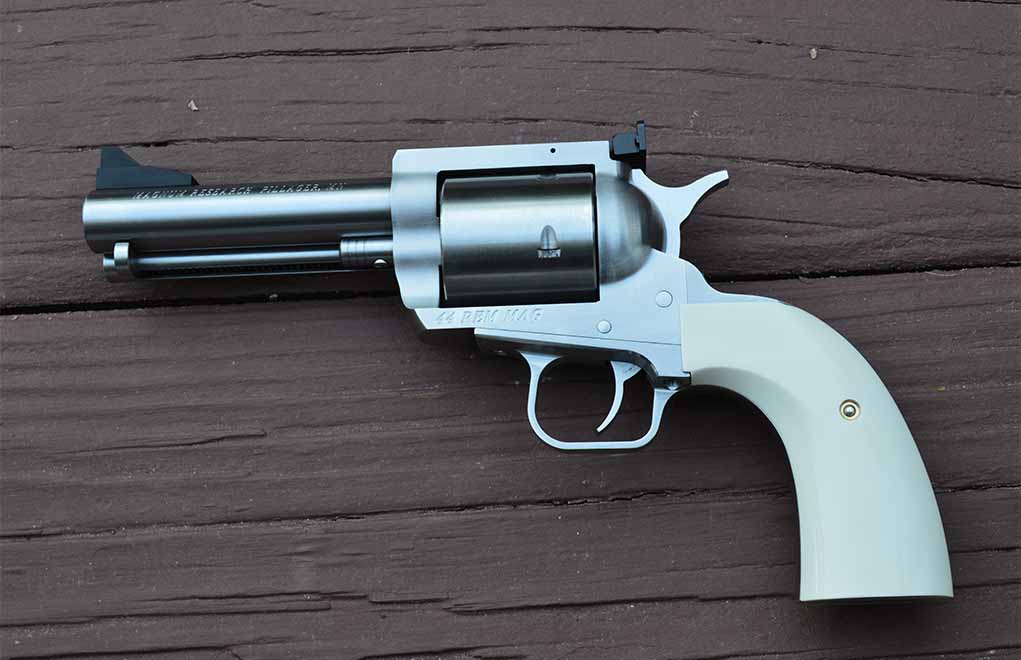

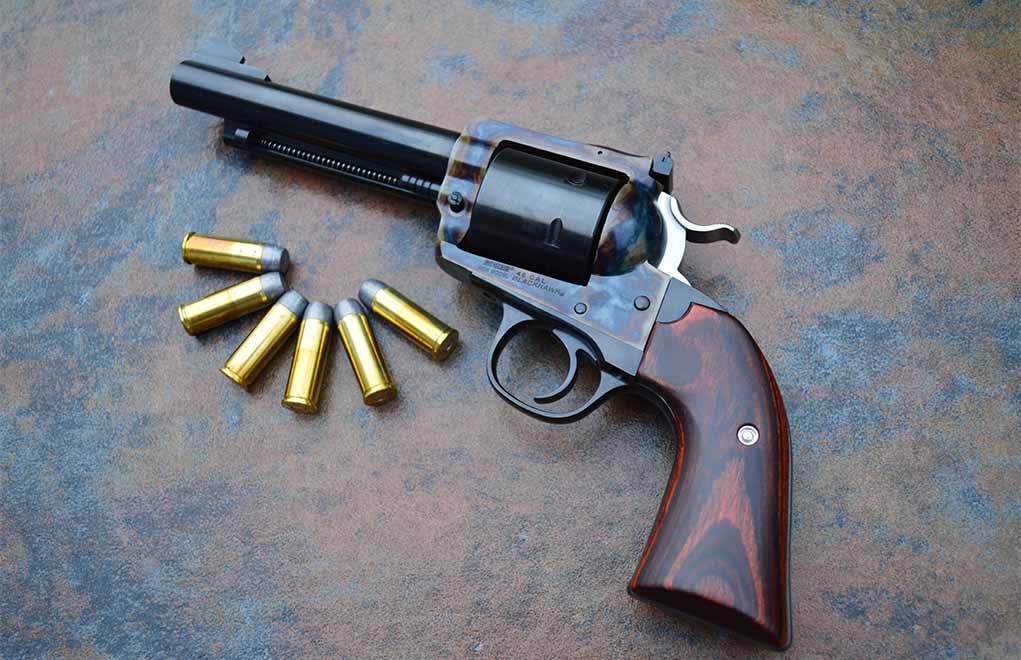
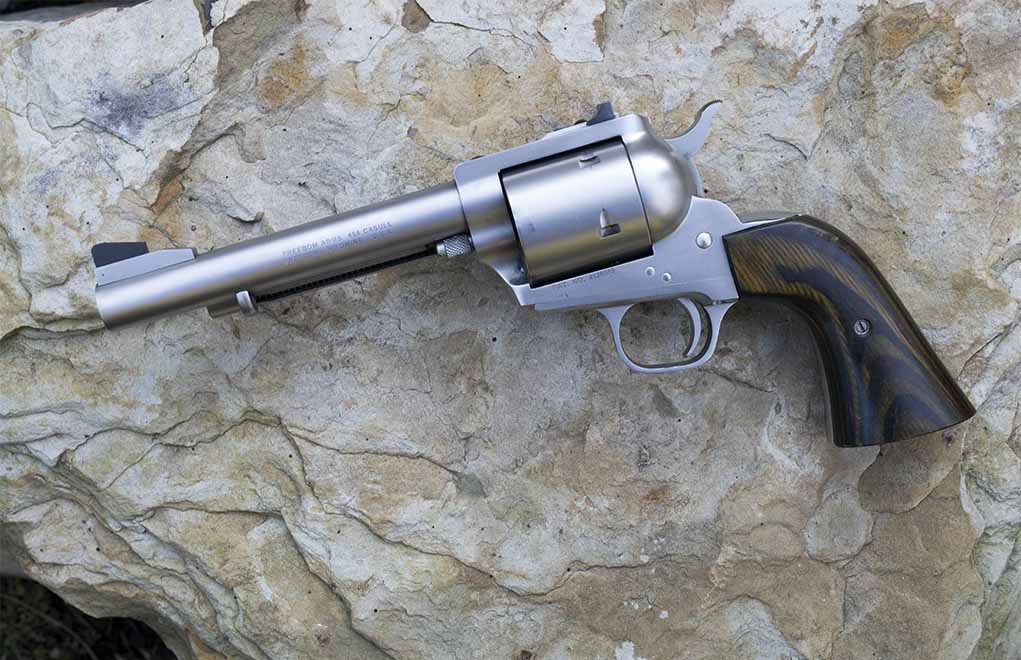
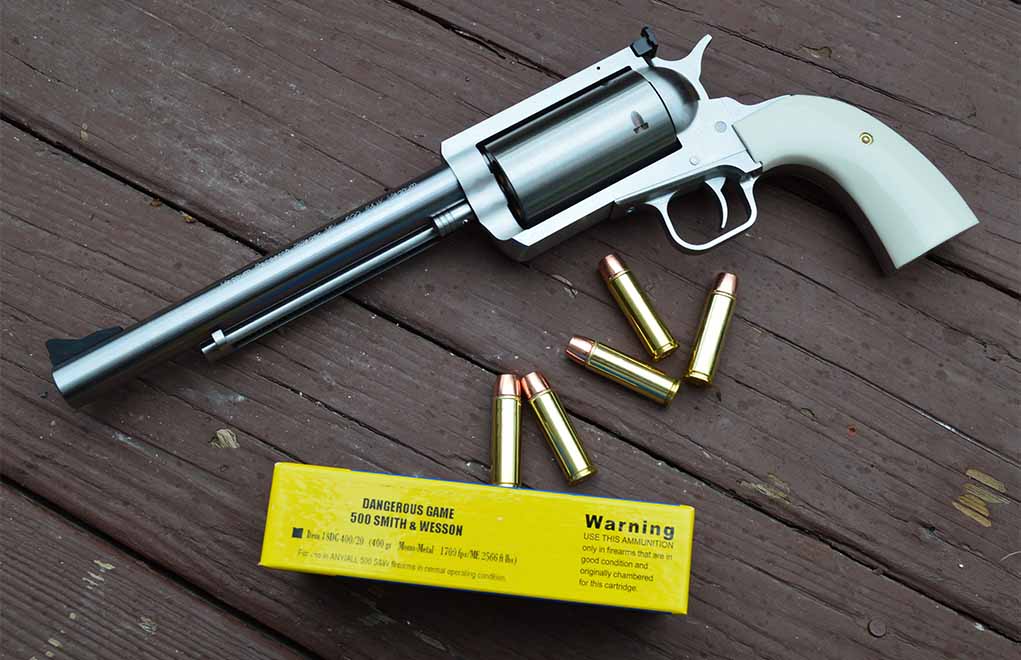
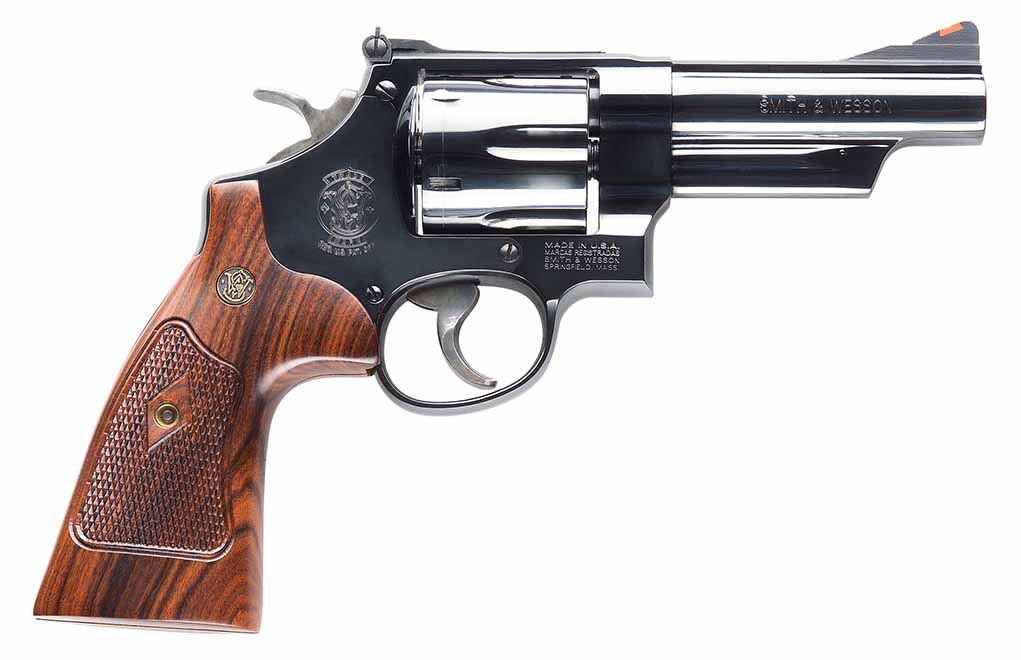
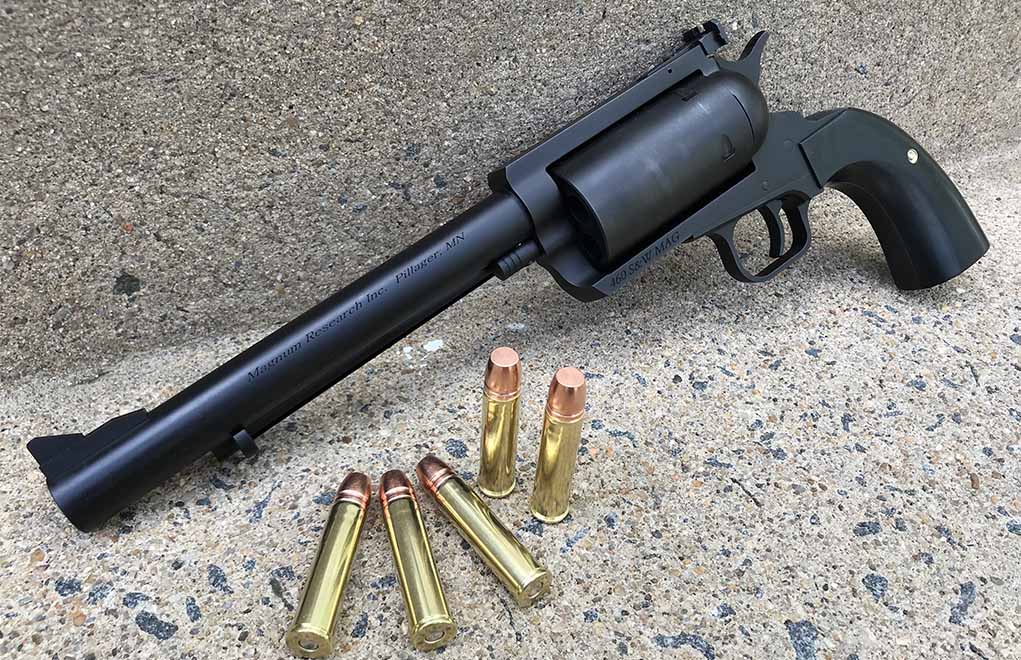
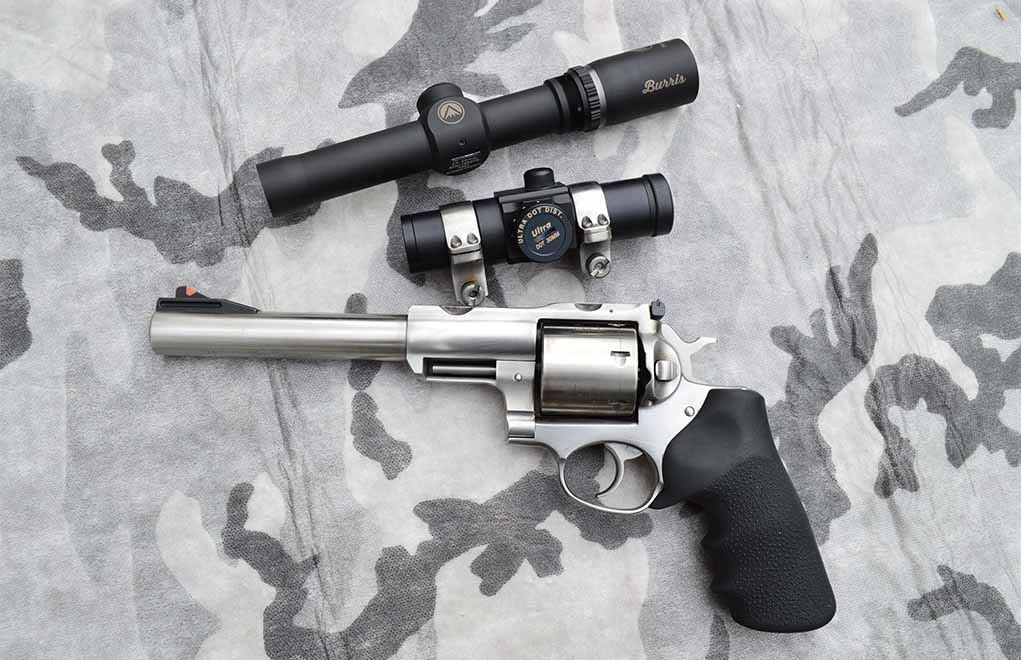
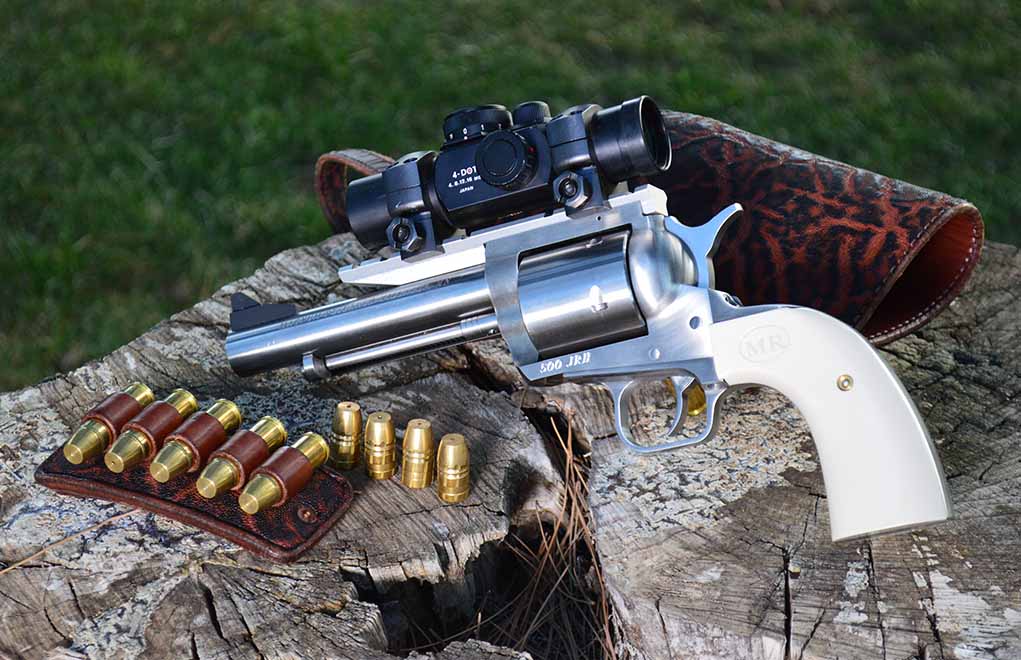
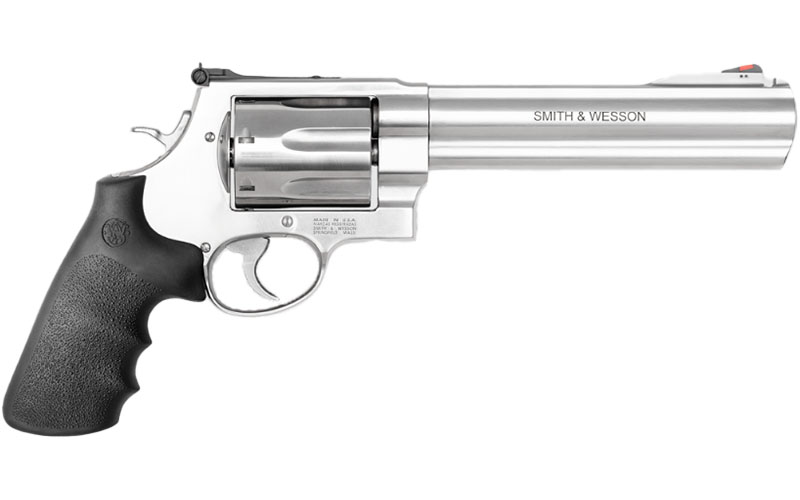
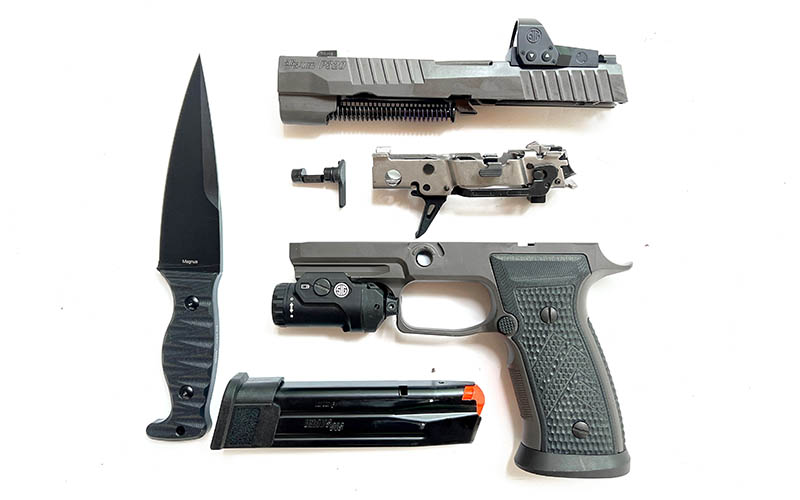
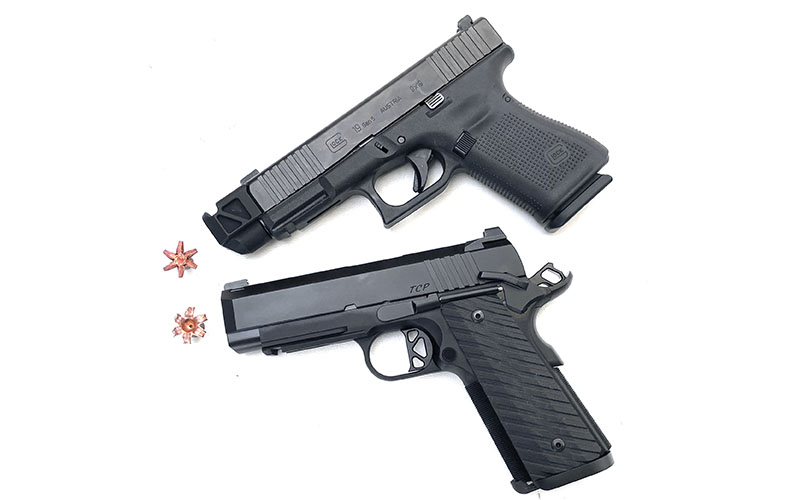
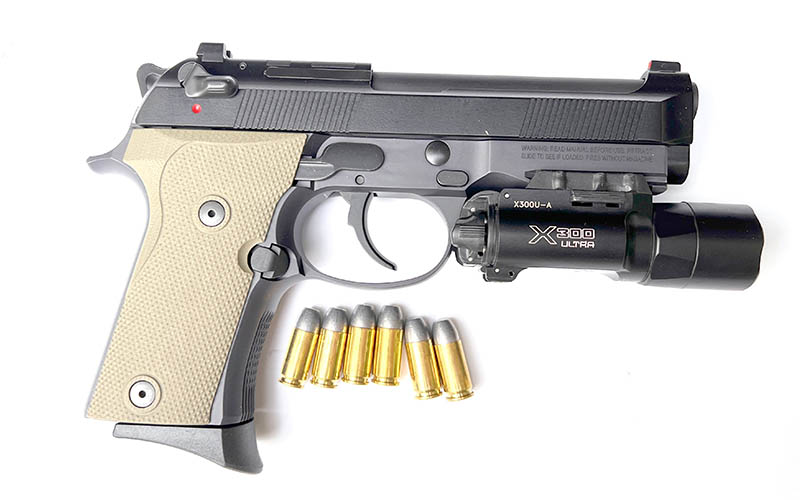
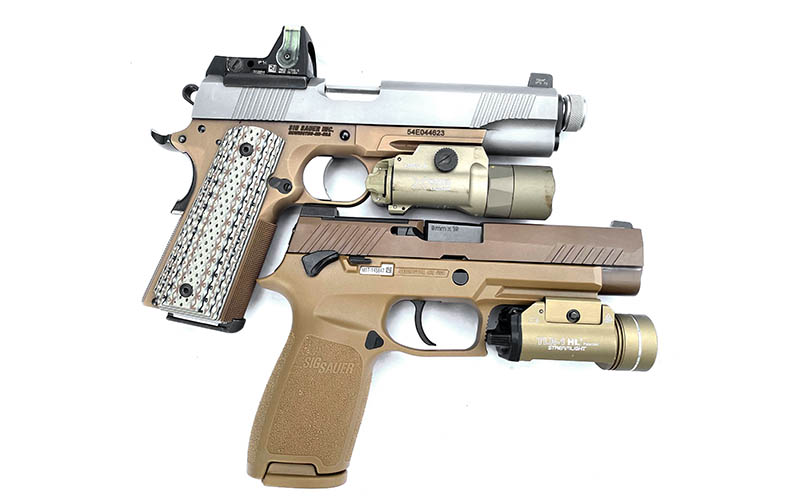
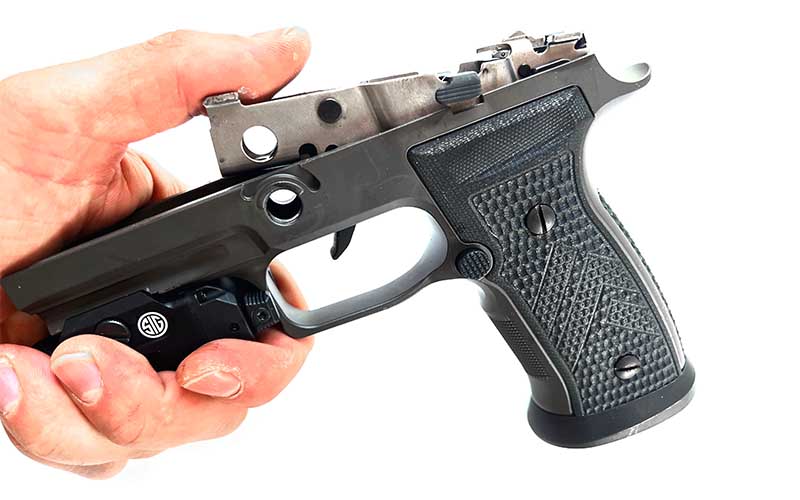
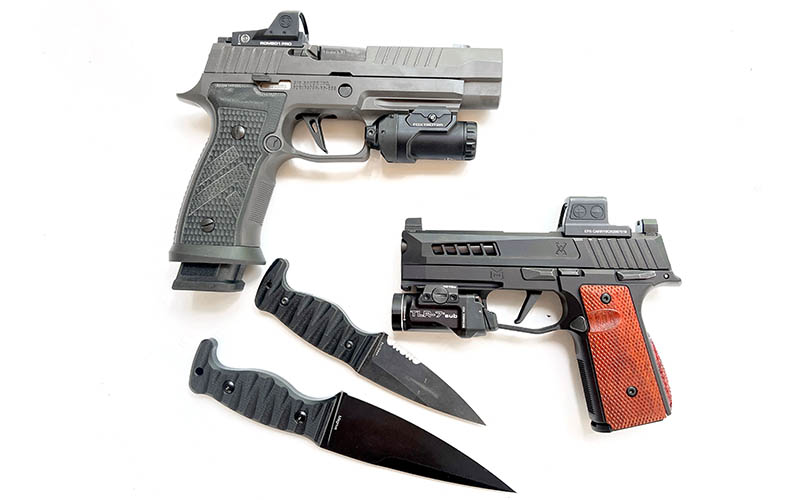
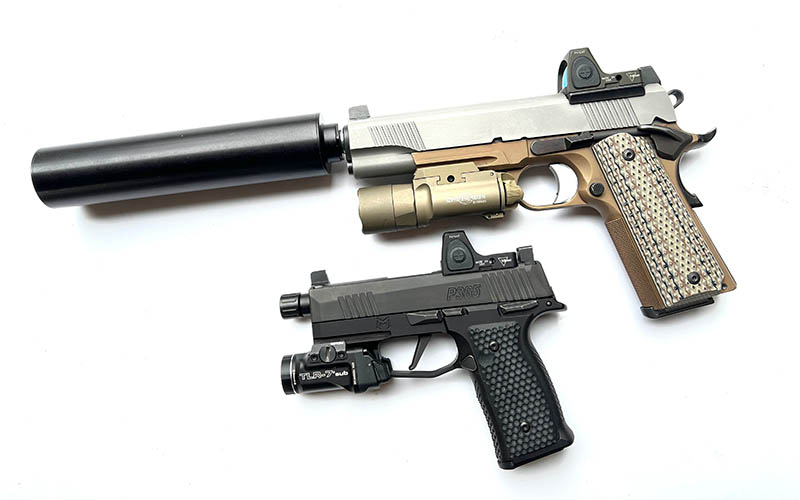

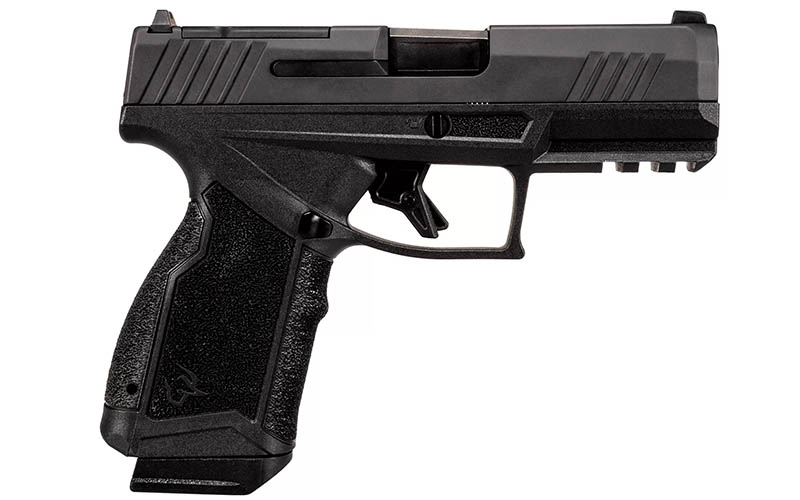
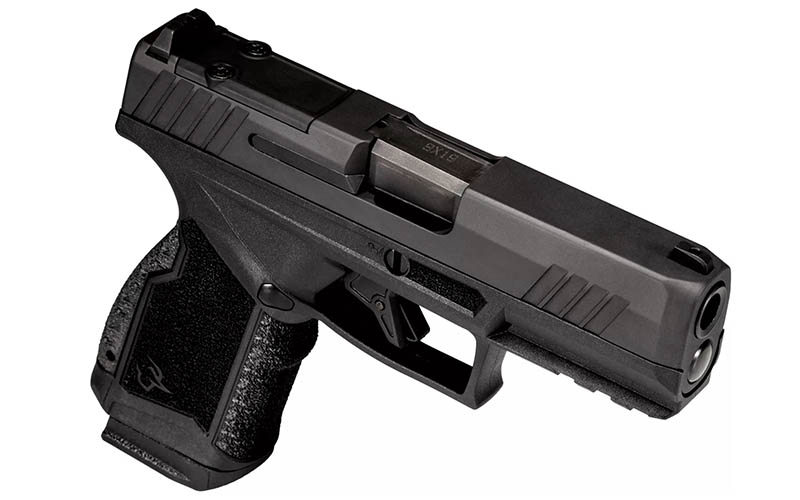
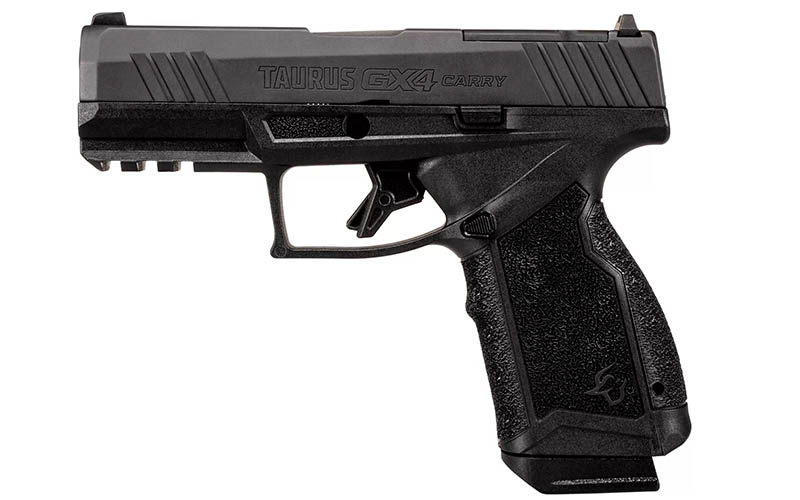
![Best Concealed Carry Guns In 2025 [Field Tested] Wilson Combat EDC X9S 1](https://gundigest.com/wp-content/uploads/Wilson-Combat-EDC-X9S-1-324x160.jpg)


![Best 9mm Carbine: Affordable PCCs [Tested] Ruger Carbine Shooting](https://gundigest.com/wp-content/uploads/Ruger-Carbine-Shooting-100x70.jpg)
![Best AR-15: Top Options Available Today [Field Tested] Harrington and Richardson PSA XM177E2 feature](https://gundigest.com/wp-content/uploads/Harrington-and-Richardson-PSA-XM177E2-feature-100x70.jpg)
